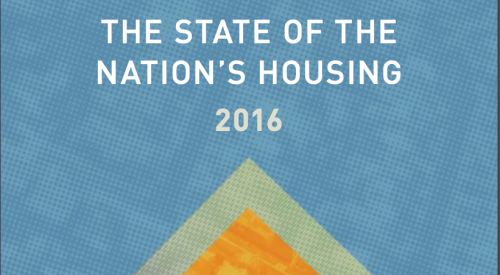According to a 2016 survey of consumer finances, one's primary residence is the largest asset category for U.S. households, at 24 percent, or $24.2 trillion. The smallest share was Other Residential Real Estate at 6.3 percent.
Demographically, primary residences were the largest asset category for households in age groups 55 years and under, whereas in groups 55 to 64 years of age, the value of the home was higher, yet the residence itself was the asset of third-greatest value, behind business interests and other financial assets, according to National Association of Home Builders' analysis. Yet, in households 65 years of age or older, the primary residence asset category moves up to second place as business interests dwindle down to third.
On the debt side of homeowners’ balance sheet, the value of the primary mortgage debt was the largest liability faced by the homeowners. However, the median value of mortgage debt declined between the 35 to 64 age categories, more than half of homeowners above the age of 65 did not have mortgage debt (nor a balance on any of the other major debt categories). Across homeowners, the median amount of primary residence equity, home equity, rose successively with age, largely reflecting a lower amount of mortgage debt as opposed to a higher home value.













